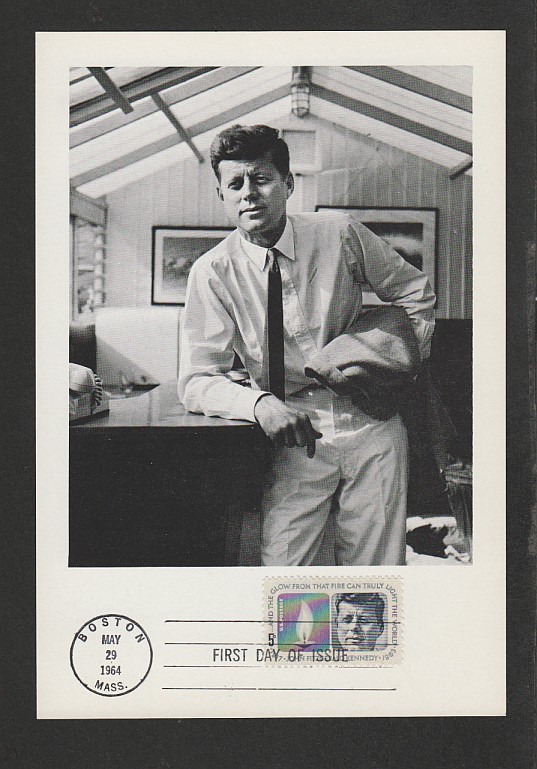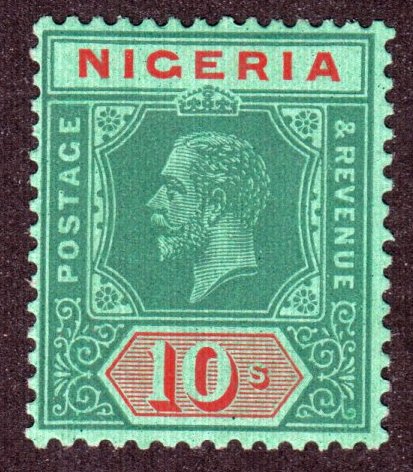
Discussion - Member to Member Sales - Research Center

Discussion - Member to Member Sales - Research Center


Login to Like
this post
The term "Dangerous" is used to mean that the forgeries are nearly impossible to tell from the genuine stamps.

2 Members
like this post.
Login to Like.
Many of the Sperati collectible forgeries are in the class of "dangerous"
He generally minutely copied genuine stamps from a specific plate position of importance.
He then added some very minor artifacts so he would recognize them - hence how we can tell them apart.
A lot of them were certified and entered famous collections for large sums.
If you're going to be a crook, THINK BIG

3 Members
like this post.
Login to Like.
I have to agree with Harvey. Dangerous is not a good word choice. Perhaps "Convincing" or the penultimate "Undetectable".
Lars

Login to Like
this post
All stamp forgeries are detectable with the right knowledge.
The term dangerous in reference to stamps is quite old and related to having such excellent forgeries "dangerous" to the real stamp's value
The massive amounts of forgeries (not official reprints) made in places by the printers or dealers who obtained the original dies clearly affected the value of the original stamps.
In all cases something is different, ink, paper, missing plate faults and someone with the right tools available today can tell the difference. Otherwise, getting stamps certified is a waste of time.
NOTE that I used the term "forgeries" where the based stamp is altered, Fakes can be much more troublesome especially with certain overprints on genuine issues or remainders.
The term is somewhat out of date for stamps now and the current more appropriate reference to dangerous forgeries are those that might harm you such as fake electrical products.
Convincing as noted might be a good alternative?

Login to Like
this post
Sir Stanley Gibbons was convicted in London of forging OVPTS on GB issues ...

Login to Like
this post
"All stamp forgeries are detectable with the right knowledge."
Really? All? I'm not claiming that there are forgeries so well done that nobody can detect them, but I don't think you are in a better position to claim that it is not possible.

Login to Like
this post
I agree that maybe all forgeries are detectable, but probably not by the average collector. If you have a suspected forgery you can send it away for experts to check out, but some of the stuff is so good that I bet even they have problems. For example, early Poland overprints - several of you have sent me links to articles and after I read them I'm just as confused as when I started. My gut tells me that even the originals were inconsistently done, so I'll continue to look at them as fillers with mental question marks attached. The hobby is still an incredible thing to me and I've enjoyed it for almost 50 years - I'm not going to get frustrated by a few minor problems!

Login to Like
this post
Interesting book review in the August 2019 American Philatelist Magazine: Forgeries of Common Stamps After WW1 eastern Front, Balkans, Caucasus Version 2, by P. Clark Souers.
A Kinddle copy can be had for $8.88
rrr...

Login to Like
this post
"but some of the stuff is so good that I bet even they have problems"
Exactly. I got a cert for something I thought was legit, but it came back altered. Sent it to a different agency: Genuine.



I'm not going to let that deter me, but I am going to try to be realistic.
Lars

1 Member
likes this post.
Login to Like.
I'm just curious about one thing - what does an authentication cost? I assume it is time consuming since I remember my wife and I taking hours over certain early US stamps. Of course real experts can probably do it much quicker, and probably better than us mere mortals! I also wonder how often they make mistakes. It's probably easier to err on the cautious side.

Login to Like
this post
PSE certification - Maybe for
Baseball cards
Jumbo stamps
Coins
Currency
Encapsulating
Stamp Experts - NOT LIKELY

Login to Like
this post
01:14:01pm
I was poking around in the back of my Unitrade Canadian Specialized and came across a very expensive series of stamps called the "Columbia Scadta Consular Overprints", coded CLCA1 to CACL11 issued in 1923 to speed up mail to Columbia. I'm going to ignore them because of the price but I couldn't help but notice the warning "Dangerous forgeries exist". The stamps range from $125 to $1000 so some are sort of affordable, but the word dangerous is a bit strange! Are they covered with a lethal poison??? Has anyone ever seen this terminology used before? Does anyone out there have any of them and how would I recognize one of these dangerous forgeries?

Login to Like
this post

re: DANGEROUS FORGERIES
The term "Dangerous" is used to mean that the forgeries are nearly impossible to tell from the genuine stamps.

2 Members
like this post.
Login to Like.

re: DANGEROUS FORGERIES
Many of the Sperati collectible forgeries are in the class of "dangerous"
He generally minutely copied genuine stamps from a specific plate position of importance.
He then added some very minor artifacts so he would recognize them - hence how we can tell them apart.
A lot of them were certified and entered famous collections for large sums.
If you're going to be a crook, THINK BIG

3 Members
like this post.
Login to Like.

re: DANGEROUS FORGERIES
I have to agree with Harvey. Dangerous is not a good word choice. Perhaps "Convincing" or the penultimate "Undetectable".
Lars

Login to Like
this post

re: DANGEROUS FORGERIES
All stamp forgeries are detectable with the right knowledge.
The term dangerous in reference to stamps is quite old and related to having such excellent forgeries "dangerous" to the real stamp's value
The massive amounts of forgeries (not official reprints) made in places by the printers or dealers who obtained the original dies clearly affected the value of the original stamps.
In all cases something is different, ink, paper, missing plate faults and someone with the right tools available today can tell the difference. Otherwise, getting stamps certified is a waste of time.
NOTE that I used the term "forgeries" where the based stamp is altered, Fakes can be much more troublesome especially with certain overprints on genuine issues or remainders.
The term is somewhat out of date for stamps now and the current more appropriate reference to dangerous forgeries are those that might harm you such as fake electrical products.
Convincing as noted might be a good alternative?

Login to Like
this post

re: DANGEROUS FORGERIES
Sir Stanley Gibbons was convicted in London of forging OVPTS on GB issues ...

Login to Like
this post

re: DANGEROUS FORGERIES
"All stamp forgeries are detectable with the right knowledge."
Really? All? I'm not claiming that there are forgeries so well done that nobody can detect them, but I don't think you are in a better position to claim that it is not possible.

Login to Like
this post
06:21:36pm
re: DANGEROUS FORGERIES
I agree that maybe all forgeries are detectable, but probably not by the average collector. If you have a suspected forgery you can send it away for experts to check out, but some of the stuff is so good that I bet even they have problems. For example, early Poland overprints - several of you have sent me links to articles and after I read them I'm just as confused as when I started. My gut tells me that even the originals were inconsistently done, so I'll continue to look at them as fillers with mental question marks attached. The hobby is still an incredible thing to me and I've enjoyed it for almost 50 years - I'm not going to get frustrated by a few minor problems!

Login to Like
this post
Retired Ap. Book Mod, Pres Golden Gate Stamp Club, Hi Tech Consultant
23 Aug 2019
02:28:53pm
re: DANGEROUS FORGERIES
Interesting book review in the August 2019 American Philatelist Magazine: Forgeries of Common Stamps After WW1 eastern Front, Balkans, Caucasus Version 2, by P. Clark Souers.
A Kinddle copy can be had for $8.88
rrr...

Login to Like
this post

re: DANGEROUS FORGERIES
"but some of the stuff is so good that I bet even they have problems"
Exactly. I got a cert for something I thought was legit, but it came back altered. Sent it to a different agency: Genuine.



I'm not going to let that deter me, but I am going to try to be realistic.
Lars

1 Member
likes this post.
Login to Like.
03:15:45pm
re: DANGEROUS FORGERIES
I'm just curious about one thing - what does an authentication cost? I assume it is time consuming since I remember my wife and I taking hours over certain early US stamps. Of course real experts can probably do it much quicker, and probably better than us mere mortals! I also wonder how often they make mistakes. It's probably easier to err on the cautious side.

Login to Like
this post

re: DANGEROUS FORGERIES
PSE certification - Maybe for
Baseball cards
Jumbo stamps
Coins
Currency
Encapsulating
Stamp Experts - NOT LIKELY

Login to Like
this post


